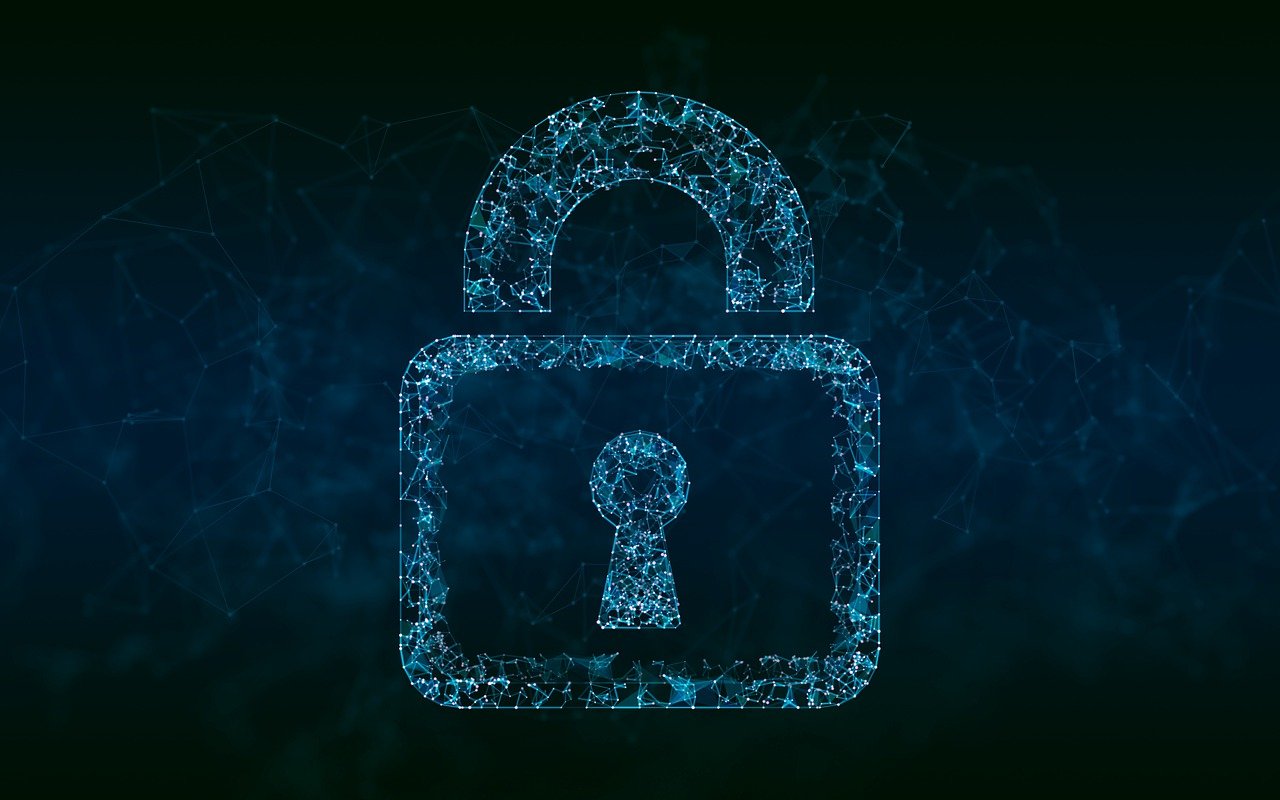· 6 min read
What is SSL Secure Sockets Layer | Definition and Meaning
Learn about SSL Secure Sockets Layer, the technology that encrypts data between web servers and browsers, ensuring secure online communication.

What is SSL (Secure Sockets Layer)?
Secure Sockets Layer (SSL) is a deprecated technology standard used to establish an encrypted link between a web server and a browser. This link ensured that all data transmitted between the web server and the browser remains private and secure. SSL was critical for protecting sensitive information, such as credit card numbers, personal information, and login credentials, during online transactions.
SSL: The Foundation of Internet Security
SSL was developed by Netscape in the mid-1990s and was the first protocol allowing secure communication over the Internet. In its original form, SSL went through multiple versions�SSL 1.0, 2.0, and 3.0�with each version introducing enhancements to security. However, due to its vulnerabilities, SSL has largely been superseded by its successor, Transport Layer Security (TLS).
How SSL Works
When a user attempts to connect to a secured website (typically indicated by “https” in the URL), the following steps occur:
Handshake: The client (web browser) and server establish a connection using a mechanism known as a handshake. During this phase, the server sends a copy of its SSL certificate to the client.
Certificate Validation: The browser checks that the SSL certificate is valid and that it is issued by a trusted Certificate Authority (CA). This process involves checking the certificate’s expiration date and the domain it is issued for.
Session Key Generation: If the certificate is valid, the browser generates a session key, encrypts it with the server’s public key (found within the SSL certificate), and sends it back to the server.
Secure Connection: The server uses its private key to decrypt the session key. From this point onwards, all data exchanges between the client and the server are encrypted using this session key, ensuring confidentiality.
This intricate process is vital in preventing eavesdropping and ensuring that data sent across the internet is tamper-proof.
The Importance of SSL Certificates
An SSL certificate is a small data file that binds a cryptographic key to an organization’s details. When installed on a web server, it activates the HTTPS protocol, allowing secure connections from a web server to a browser. Although referred to as an SSL Certificate, modern SSL Certificates should support TLS ciphers, and modern browsers will flag any cipher suites using SSL as insecure.
Benefits of SSL Certificates
- Encryption: SSL encrypts sensitive data, making it unreadable to anyone except the intended recipient.
- Authentication: An SSL certificate serves as a digital passport that confirms the legitimacy of the website, assuring users that they are communicating with the authenticated server.
- Data Integrity: SSL provides a safeguard against data tampering during transmission.
- Trust: Websites with SSL certificates display visible trust indicators, such as a padlock icon in the browser address bar. This builds user confidence and enhances the organization’s credibility.
SSL vs. TLS: Understanding the Difference
It is essential to differentiate between SSL and TLS. While both are protocols designed to ensure secure communications over a computer network, TLS has largely replaced SSL due to its enhanced security features and improved handling of vulnerabilities.
Key Differences
- Versioning: SSL has effectively been phased out, with SSL 3.0 being the final release. TLS 1.0, 1.1, 1.2, and the latest TLS 1.3 offer improved security, encryption algorithms, and performance capabilities.
- Cipher Suites: TLS protocols include more robust cipher suites, contributing to better security than SSL.
- Security Vulnerabilities: Older versions of SSL have known vulnerabilities (e.g., POODLE attack) that compromise security, leading to recommendations against using SSL in favor of TLS.
Known Vulnerabilities
Despite its importance in internet security, various vulnerabilities associated with SSL and its implementations have been discovered over the years. Here are notable examples:
CVE-2024-0853: In curl, an oversight allowed the SSL session ID to be cached even when the OCSP stapling verification failed. This led to potential bypasses of SSL verification checks in subsequent transfers, creating a security risk.
CVE-2024-22201: Jetty, a widely used Java-based web server, had a vulnerability where SSL connections could lead to resource exhaustion if connections were dropped due to TCP congestion. This could result in denial of service (DoS) conditions against web applications.
CVE-2023-0391: The MGT Commerce CloudPanel shipped with a static SSL certificate version 2.2.0 across installations, leading to potential security risks due to shared credentials and lapse in updates post-version 2.2.1.
CVE-2023-20031: A critical vulnerability in the Snort 3 detection engine integrated with Cisco Firepower could be exploited by sending high rates of SSL/TLS requests, causing a denial of service by forcing the engine to restart.
CVE-2023-24609: The Matrix SSL toolkit faced an integer overflow issue that could overload the CPU when processing specific TLS messages, leading to potential downtime.
CVE-2023-40012: Uthenticode, a library for verifying Authenticode digital signatures, did not check for extended key usages in certificates, allowing malicious entities to bypass security checks.
These vulnerabilities highlight the necessity for continued vigilance, regular updates, and strong security practices to safeguard SSL and its deployment in securing communications.
Installing an SSL Certificate
To secure a website with SSL, organizations must install an SSL certificate. The installation involves several steps:
- Choose the Right Certificate: Depending on the website’s purpose (e.g., a single domain, multi-domain, or wildcard), you must select the appropriate SSL certificate type.
- Generate a CSR: Create a Certificate Signing Request (CSR), a block of encoded text with your server’s information and the public key.
- Purchase and Install: Purchase your SSL certificate from a trusted Certificate Authority (CA) and install it on your web server.
- Configure: Ensure that the server is correctly configured for SSL and test the installation using various online tools.
Common Issues with SSL
SSL technology is not without its issues. Some challenges include:
- Certificate Expiry: SSL certificates have expiration dates and must be renewed periodically to maintain security.
- Misconfigurations: Incorrect installation or configuration can lead to security vulnerabilities.
- SSL Stripping: This is a form of man-in-the-middle attack where an attacker downgrades HTTPS traffic to HTTP, compromising security.
Secure Sockets Layer (SSL) was an essential aspect of modern internet security. It protected sensitive data exchanged between clients and servers, ensuring that communications remained private and secure. While SSL has evolved into TLS, the principles behind secure socket layers remain integral to securing digital communications. Understanding SSL, its architecture, and its implementation is crucial for anyone involved in web development, IT, or cybersecurity. As technology progresses, staying informed about best practices in SSL and TLS protocols is vital for safeguarding information in a digital landscape.

